Xochimilco is, without a doubt, one of the essential places that every tourist, foreigner or national, must experience when visiting Mexico City. An area where you can witness the traditions of the Tenochtitlán settlers; where you can enjoy a fresh Pulque, live the history of La Llorona, enter the mysterious Isla de las Muñecas and, of course, tour the canals in the world-famous trajineras. It is not for nothing that, every weekend, the Xochimilco canals are swamped (pun intended) by an infinity of people who seek to enjoy the mystery and festive atmosphere these unique islets and chinampas have to offer.
But… Have you ever thought about how this tradition came about? When were trajineras popularized as tourist transport? What has been the evolution of trajineras over time? In this week’s blog we tell you all about the origin of this pre-Hispanic transport and how it became the colorful icon it is today!

To really get to know the origin of trajineras, we must break down its history into two different time periods in Mexico: pre-Hispanic Mexico and Mexico during Porfirio Díaz’s rule (between the late 19th and early 20th centuries).
So, as it is obvious, let us start at the beginning. As you may remember from some of our previous articles, Tenochtitlán, the Aztec capital and what is now Mexico City, was founded on a small island in the middle of Lake Texcoco.
The new inhabitants of Tenochtitlán settled around this island while, in the surroundings, the original towns resettled between the channels of Xochimilco, Tláhuac, and even Tacubaya. The inhabitants of these areas, living among swamps, developed various technologies that allowed them to adapt to the wetlands of the region. A great example is that of the chinampas (a.k.a. floating gardens): a man-made piece of floating land built on water created by interweaving reeds with stakes beneath the lake's surface and then covered with soil. These were pieces of fertile land generally used for growing crops and flowers, but so sturdy that would sometimes hold houses, too.

These living situations forced residents to build all kinds of boats that would allow them to transport people and goods from one place to another. One of the most popular boats, especially in areas with shallow channels, were the flat-bottomed trajineras and chalupas, which move with the help of poles that are embedded in the bottom of the channel, making a lever that drives the movement. They were very modest boats, built with planks; without roofs and without chairs, but nothing else was needed since they were only used for transportation.
Despite the many changes that occurred after the Spanish Conquest, the Spanish preserved the aqueduct system developed by the original settlers. Over time, the downtown area of Mexico City was urbanized; canals were built, the rivers were pipelined, and concrete streets were built. Therefore, the boats ceased to be necessary around the city. But modernity did not destroyed the Xochimilco canals, where small boats continued to be used for personal and commercial uses.
Many years later, in the late 19th and early 20th centuries during the Mexico of Porfirio Díaz, the Catrines, well-dressed men of high society, began to visit Xochimilco to enjoy nature and the mysticism that the canals offered. In the chinampas it was common to find very beautiful flowers growing in the remaining chinampas and surrounding land. For this reason, it received the nickname of "place of the floating gardens," a perfect and very attractive place to take peaceful and/or romantic walks.

As the trajineras and Xochimilco gardens started to gain popularity, the trajineros (those who drive/own trajineras) were forced to install a roof and wooden seats to their trajineras. They also began to decorate their boats with endless ornaments, especially arches of bright flowers. On the other hand, when the catrines went to the piers, they would request that they place the name of someone they were celebrating, or of a lady they were courting, at the front of the boat.
However, the transformations did not stop at that time. Thus, the natural flowers were exchanged for papier-mâché and pasta, although the tradition of the names remained—and why must trajineras have traditionally women’s names. In addition, Xochimilco began to be exploited with greater intensity as a tourist destination. Piers were built, part of the Nativitas forest was reforested, cultural activities and the number of tours increased, and commercial trade grew exponentially. Likewise, folk legends arose, increasing the mystical character of Xochimilco, finally resulting in the beautiful tourist destination that we know today. It is not for nothing that in 1987 UNESCO declared Xochimilco as Cultural Heritage of Humanity, giving it a worldwide boost and recognition.

The Xochimilco canals are a place full of history, mysticism, stories, tales, and fun. They are channels that you can navigate in all kinds of outings: whether to get to know the chinampas and islets, delve into the ghostly Island of the Dolls, learn about the legends and traditions of the original Xochimilco, or to have fun at a floating celebration with mariachi. In addition, it is a place where you can enjoy a unique atmosphere, and endless Mexican dishes and pulques, either on the boats or in stands next to the piers. Without a doubt, an excellent option to enjoy the traditions of pre-Hispanic and modern Mexico!
---
So, have you ever been to Xochimilco? How about in a trajinera? Let us know in the comments below what was your experience like!
Let us know if you would you like for us to do a tourist guide on trajineras or any other destination in Mexico. Is there anything else you would like for us to highlight? We always look forward to reading your comments and can't wait to hear what you have to say this time!
Also, don't forget to subscribe to our newsletter where we make sure to share this and many more artisanal techniques, artisan's stories, recipes, and content of interest. We also make sure to give our familia of subscribers exclusive promotions, gifts, first-hand look at all new products and, of course, these articles that we love to write for you all!

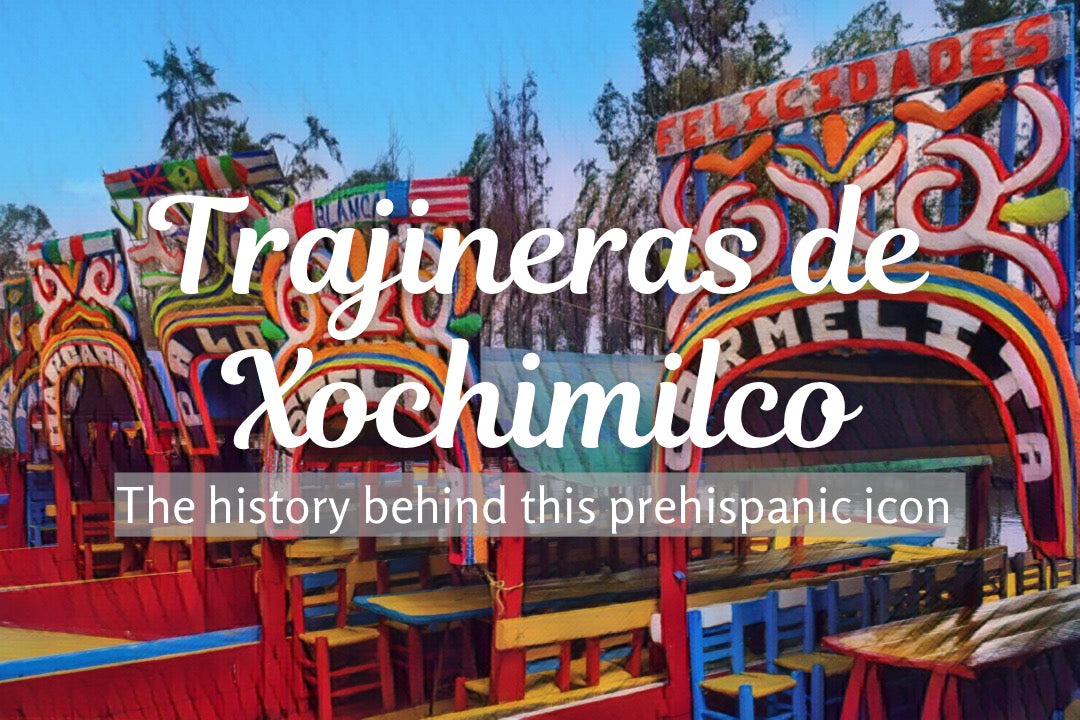
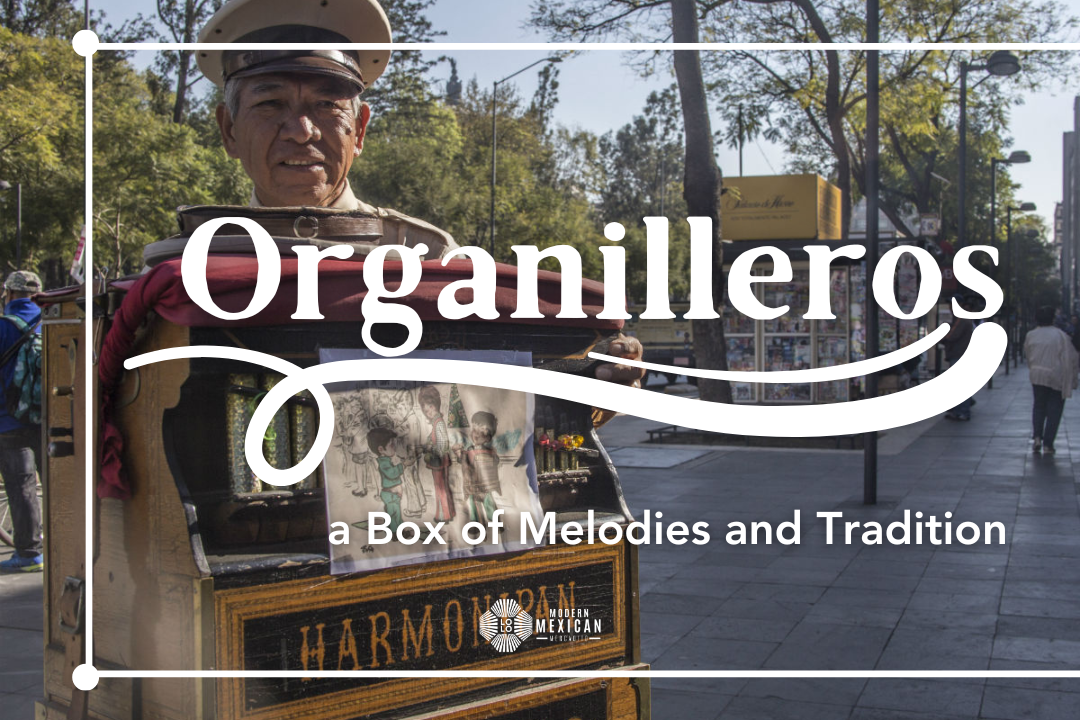

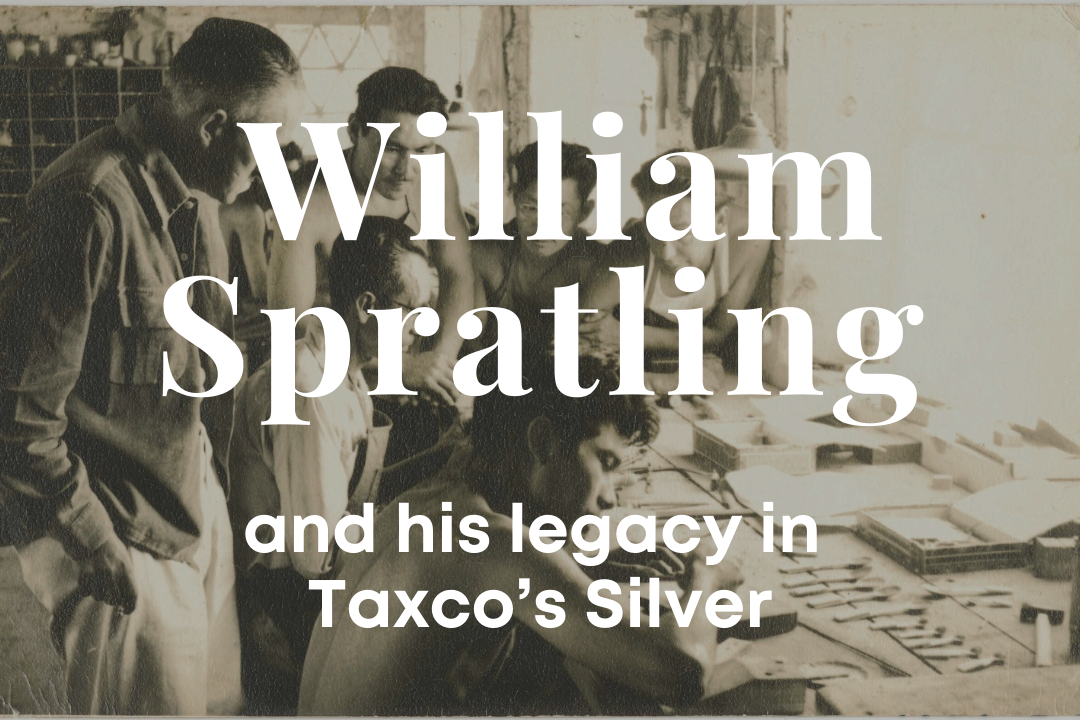
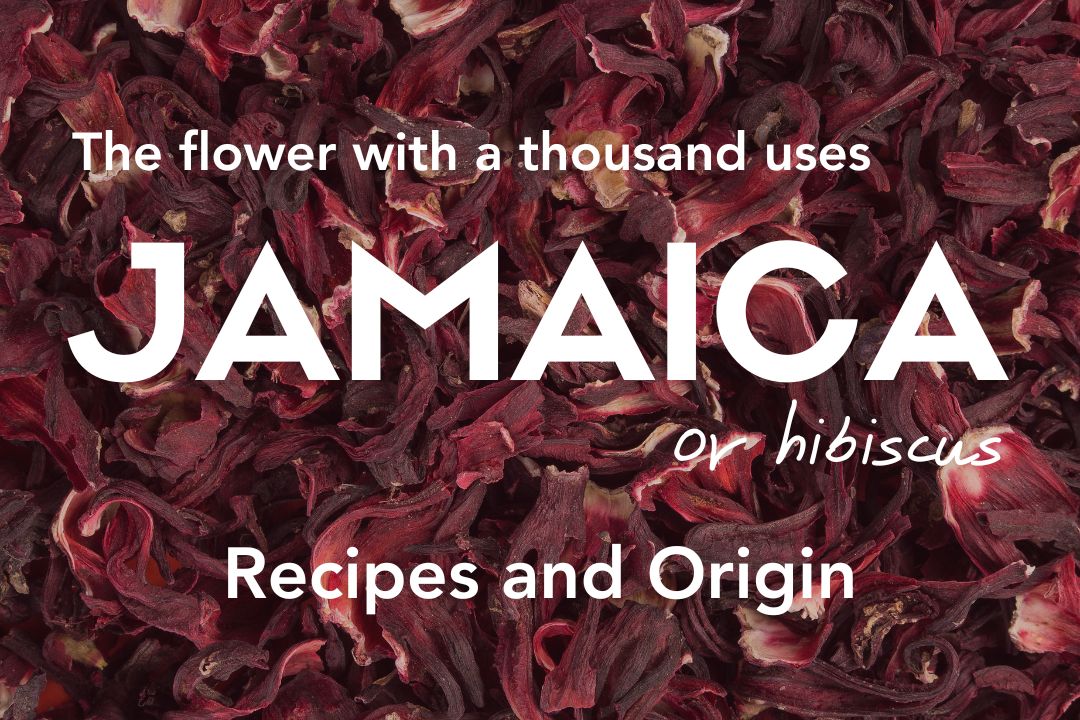
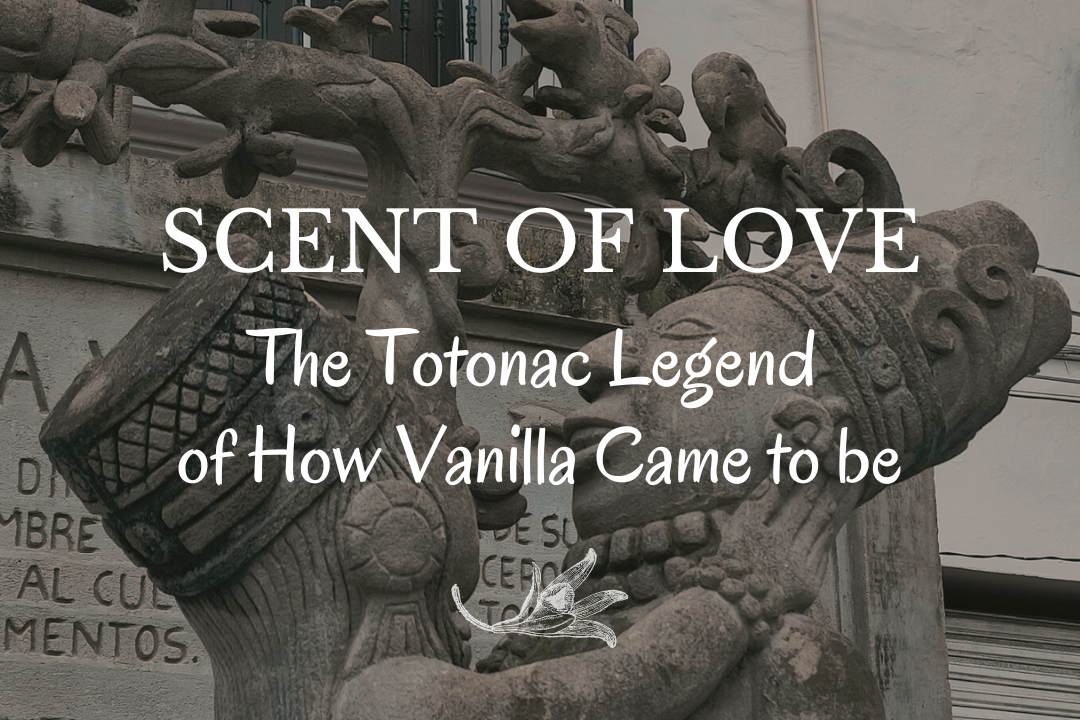
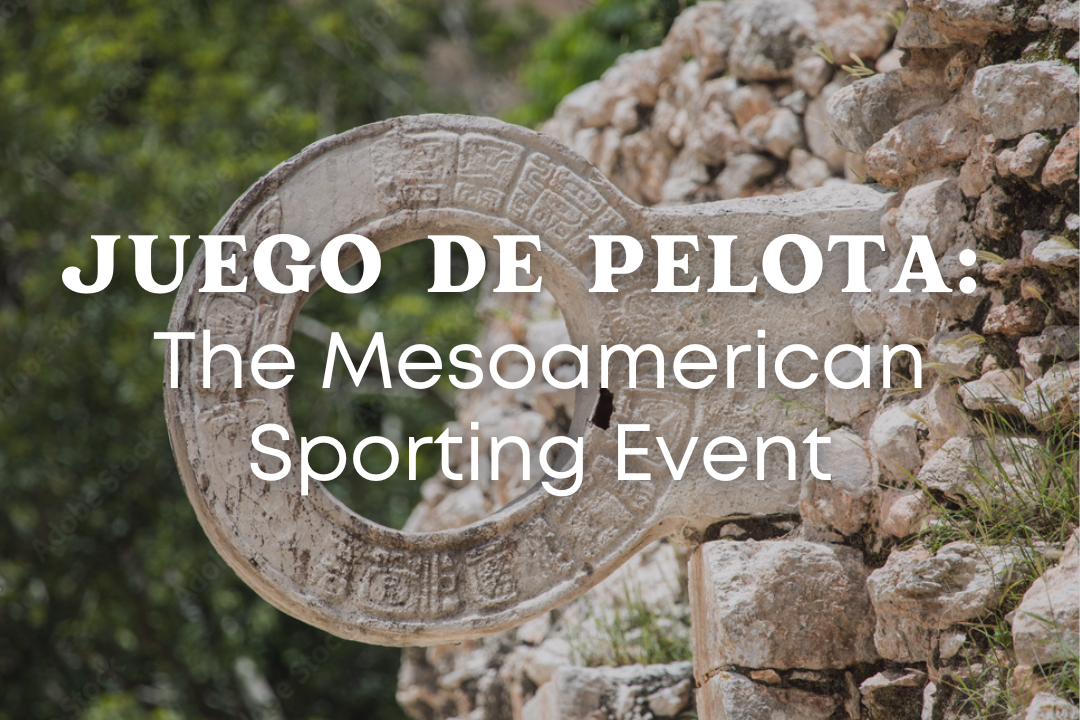

4 comments
Rebecca Marquez
About 10 years ago, I was taken on a tour to the far south of Xochimilco where chinapas were being rebuilt and used for growing crops again. We got to climb out of the boat onto one of the chinapas. It was an extraordinary experience to feel the movement of the ground floating on the water. I’d love to know about the current state of the agricultural use of chinapas – maybe in a future blog. I’ve found your blogs to be most interesting.
Joyc
I loved this article! My husband and I have very fond memories of riding in the trajineras and enjoying the floating gardens in 1967.
Luis Armida Bauche
Very interesting, good historical data. I add that the name of these pre-Hispanic vessels was: acallis, which meant “house in water”. Trajineras, in Spanish, refers to bringing, transporting and also working.
Jodie Zoeller
I went to Xochimilco in the 1980s with my great-uncle Honore. We rode in the boats down the canals. It was a wonderful experience. Honore lived in Mexico City and grew up near Oaxaca. Part of my family was from Mexico… My father born there in the 1920s. My grandfather had taken black and white photos of Xochimilco in the early 1900s when he was living in Mexico City as an American worker in the city. I have those photos that he took and it was interesting to see how so much was the same. Recuerdos of my heritage in Mexico.